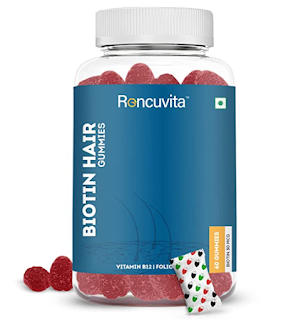Can you use water on a sharpening stone?
How To Clean A Sharpening Stone?
Blades are fundamental in the kitchen. Without it, you will not have the option to cut salmon, cut meat, cleave leafy foods, and do comparative assignments expected to finish a formula.
The last thing you need to happen to your knife, regardless of whether it's anything but a boning or a butcher knife, is for it to get dull. A knife that isn't sharp will not just be a disturbance in the kitchen however can likewise be risky. That is the reason you need to put resources into a decent honing stone.
As the name proposes, a honing stone can keep up the sharp edge of any knife. It is viewed as the most customary thus far, the most ideal approach to keep the sharpness of blades.
There are five kinds of honing stones—
oil stones, jewel stones, water stones, ceramic stones and manufactured stones.
Oil stones are the most generally found in the home improvement shops. While known for being modest, oil stones can convey great by and large execution. Jewel stones are getting more mainstream these days on the grounds that these can cut exceptionally quick. In any case, jewel stones are extremely sharp that they can leave scratches in the cutting edge.
Water stones, then again, are moderately new. Like jewel stones, this can cut exceptionally quick. It additionally utilizes water rather than oil in eliminating the swarf from the whetstone sharpening stone. Earthenware honing stones are ideal for cutting edge clients. These stones are exceptionally extreme and could hone cuts extremely quick. At long last, engineered honing stones are ideal for honing treated steel blades and conventional Japanese single sided cutting edges. Some engineered knife sharpening stones must be absorbed water first prior to being utilized. In any case, regardless of how intense a honing stone is, it would in the long run succumb to metal particles filling its openings. These particles can obstruct the sharpeners and influence their exhibition.
These are the things you should clean a honing stone:
How To Clean A Sharpening
Stone?
Sharpening oil
Towel
Old toothbrush or cloth
Steel fleece
Warm and foamy water
Sharpening stones
Honing stones come in various characteristics and structure. The better the stone the more it will cost however at any rate you ought to get a decent quality two sided stone which has a coarse and a fine cutting side. Try not to BUY A CHEAP STONE!!!! Additionally buy light machine oil or concentrated sharpening oil. Lamp oil will work thus will water. On the off chance that you do utilize lamp oil you should hone your knife away from food planning regions and wash your knife completely to eliminate all hints of the lamp oil.
Jewel covered whetstones are awesome however expensive. They don't need any oil, are solid, and will most likely outlast you. There are additionally protected honing frameworks that you can purchase and which are utilized by numerous experts depending on sharp blades. The expense is awesome particularly on the off chance that you need a secure framework that is rapid and requires little expertise.
By and large it's anything but a smart thought to have any other individual hone your blades. Try not to take them to a "knife sharpener" except if they hone by hand!
Honing utilizing a stone
On the off chance that you are honing your knife interestingly after buy, it will in any case have a coarse "production line edge" on it and you should shape the edge prior to sharpening on the fine side.
1. Spot a couple of drops of light machine oil on a honing stone. Water will do as a substitute. Try not to utilize cleanser or any cooking or salad oil. This will obstruct the stone and make it futile. Setting drops of water on a stone - coarse side
2. Spot the stone on a level surface with a scarcely moist fabric under to prevent it from moving. Stone on a clammy material.
3. Spot the knife on the stone with the sharp edge confronting away from you at a 20 degree point to the stone. Holding edge against coarse side of stone at 20 degree point
4. Have one hand on the handle and the other on the rear of the edge so you can handle the molding and apply some pressing factor. Draw the knife across the stone and away from you as though you were attempting to cut off a slim bit of the stone. Do this around multiple times. Hauling one side of sharp edge along stone
5. Presently turn the knife over and do likewise to the opposite side. Once more, this is at a 20-degree point. Hauling opposite side of edge along stone
6. Rehash stages 4 and 5 on the other hand drawing the knife similar number of times on each side of the edge until the edge is framed. Hauling one side of edge along stone - same picture concerning stage
7. Wrap up by turning over and rehashing the interaction on the fine side of the stone, substituting the edge sides each and every other draw multiple times. Holding edge against fine side of stone at 20 degree point.
8. Utilizing your thumb, cautiously check for any burr on the plume edge. Checking for a burr on a knife
9. Wash and dry the knife completely. Washing a knife
10. Wipe or flush the stone; don't utilize any cleanser. In the event that you have utilized water permit the stone to dry before capacity. Spot the sharpening stone set in a protected stockpiling region, they are for the most part very delicate and break whenever dropped.




Comments
Post a Comment